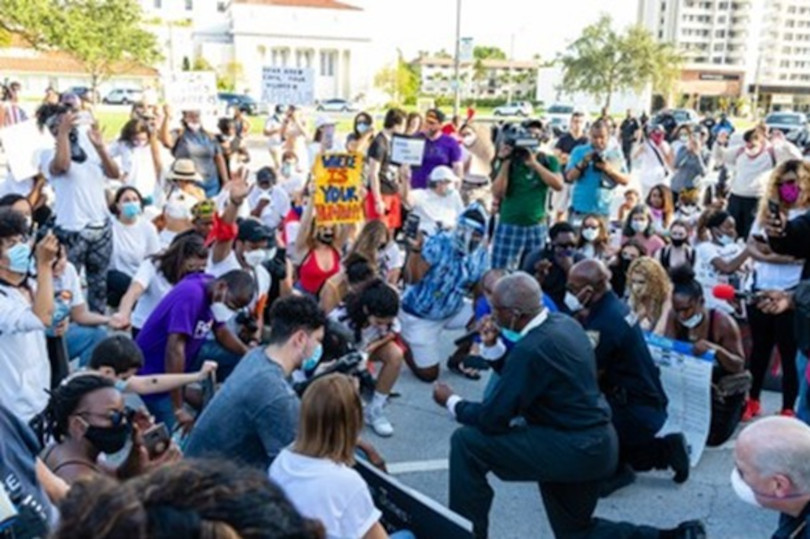The story of civil unrest in America is one of persistence. It is a story of long, slow, unflagging battle waged against the powers of persecution. Generation after generation finds themselves fighting for the same causes and celebrating each small victory along the stony road to the final, ultimate victory.
The underserved, underrepresented masses of American racial minorities are especially familiar with one fight in particular: the fight for freedom. Several generations of activists, organizers, artists, politicians, and thinkers have done their part to hack at the roots of the country’s patterns of racial injustice. Persistence, as each of these generations knew, is key, and progress is rarely a straight line. But such is the case of persistence.
Curves in the Path
Movements flare up and simmer out only to be reignited when convenient, or when an event occurs that resembles the events responsible for the movement’s birth. Striking, sweeping, enthusiastic shows of unity take the nation—and sometimes the world—by storm. Yet the indignant elan with which they’re formed often dulls to a tamer, quieter disapproval that requires less resources and effort. This form of protest, as opposed to its flashier, more furious counterpart, has its benefits. The protesters involved are less likely to burn out or be harshly persecuted for their actions, for example. Even so, an extended lull in a movement, and particularly in one focused on freedom, can be a cause for concern.
The timeline and trajectory of the American sports world’s famous kneeling protests serve as an example. Beginning in 2016 with former San Francisco 49ers quarterback Colin Kaepernick, multiple athletes across multiple sports chose to kneel on one knee during pregame

performances of the national anthem to protest American racial inequality and in favor of criminal justice reform. Kaepernick, who knelt during the anthem throughout the entire 2016 NFL season, was essentially blackballed by the league’s team owners following the season’s close and hasn’t played a single game in the league since.
His decision to kneel led other NFL players as well as MLB, NBA, domestic and international soccer players, and high school and college athletes to follow suit in support of his cause. It also led NFL commissioner Roger Goodell to attempt to silence the movement. In 2018, he created a policy requiring players to either stand during the national anthem or retreat to the locker room where no one can see them. The policy also mentioned that players who failed to fall in line with its directions would be disciplined. While the policy was never enforced and players continued to kneel in spite of it, Goodell and the league’s message was loud and clear: stop what you’re doing, or else. Kaepernick’s seemingly permanent excommunication served as a warning for how unpleasant “or else” could become for nonconformists.
Losing Steam
Despite the size and influence of the kneeling movement in the late 2010s and early 2020s, how powerful it was at its peak! And how many gross miscarriages of justice have occurred in the country since the movement began? This year’s murders of Tyre Nichols, Keenan Anderson, and Alonzo Bagley by police officers come to mind. Yet the only notable sports league whose athletes continue to regularly kneel is England’s most elite professional soccer organization, the Premier League. Apparently, the English, who are certainly no strangers to the detrimental effects of widespread racism, have maintained their faith in this particular form of protest. So why haven’t we?
Of course, other forms of protest exist, and many of America’s professional athletes are practicing them. But one wonders why a movement that was strong enough to inspire athletes all the way across the Atlantic Ocean would peter out when the offenses it was responding to have only intensified. Unity is perhaps the most crucial tool used to achieve meaningful change. The nation’s athletes demonstrated this well when the movement began. I only hope that they’ll demonstrate it again before it ends.


